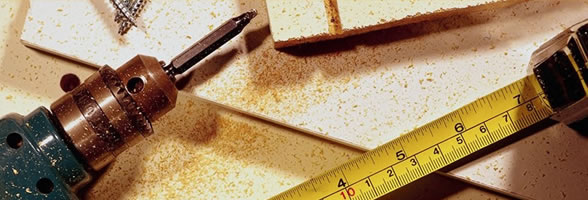
SURNA 2017
09.09.2017 11:46
We shall begin to motivate why we do not include released salmon in the statistics (Catch & Release, here called CR). We do not believe in CR. The fished salmon is killed after it has been released and is destroying the statistics by being counted more than once. The ovum is sustaining oxygen dept and we doubt that it will survive to a returning salmon. CR is destroying the salmon’s biological diversity. Hatcheries and CR only aim for delaying decisions that give the salmon a better habitat. Also, we believe that CR is unethical but accept the custom where we go.
Surna had a relatively good year 2017, but we shall not forget that what looks good now was poor twenty five years ago. It is hard to see the different generations return in the statistics when the catch is so small that an increase might be confusing. Is the generation of 2010 significant in the statistics for years to come, has it taken 6 years until it returns or is a later population showing? Is the sea lice density important for the outgoing smolt (see figure 2)? A shell analysis might give the answer but it will not answer what is needed to get more salmon in the river. The amount of salmon is decreasing over years (see figure 1).
Another trend in Surna is the decrease of grilse. The amount of grilse varies off cause with the total but the proportion of grilse in the populations has decreased. The part of grilse fished in the 90 decennium was a year lowest at 46 % of the total catch, in the 00 decennium the lowest 35 % and in the 10 decennium until now 24 %. One can believe that more grilse are returned and more salmon are killed but it does not converge with the statistics, and grilse was decreasing before CR was installed. There are two scenarios we believe to be applicable. Grilse goes out as smolt later and return later than salmon, on both occasions there are relatively more sea lice in the sea (see figure 2). That grilse are harder excised than salmon by sea lice is plausible, the sea trout are in principle gone. On the other hand Statkraft has taken the water in tributaries Rinna and Bulu where a large part of the grilse are raised, the most salmon grow up in Surnas and Sunnas main run. If the sea lice excise as much as 50 % of the salmon a year, 50 % of nothing is nothing. If Statkraft continues to take the water from the tributaries like Rinna and Bulu very little ‘grilse’ will go out to the sea. We must concentrate on the revision, that it gives flushing and mini water so the juvenile fish can grow up.
We have compared Surna with rivers like Gaula and Orkla by scaling with fishable length of the river. If you do not like it you can stop reading here. On the other hand if you feel secure with your knowhow you might see this for what it is, a play with numbers and nonscientific. The killed salmon (the total – CR) in Surna is compared with the killed salmon in Orkla scaled with 0.28 and killed salmon in Gaula scaled with 0.33 (see figure 3). We predicted a bad year for 2017 and it became so in Gaula and Orka but not relatively so in Surna. Off cause you might fish in lower parts in the river early in the season and higher up later, but most had a bigger chance to get a salmon for Christmas in Surna. It is a bit confusing, shell analyses might show if there is farmed salmon in the catch but fishermen rapport no significance.
Figure 1. Harvest of salmon and sea trout over years in Surna [1]. Salmon pink line and sea trout blue line.
Figure 2. Graph from Mattilsynet over relative sea lice density for More and Romsdal [2].
Figur 3. Killed salmon in Surna and scaled with fishable length for Orkla 0.28 and Gaula 0.33. Result for Gaula green line and for Orkla dark blue line. Killed salmon in Surna is red line and sea trout is light blue.
Reference
1. www.surna.no
3. https://www.nve.no/konsesjonssaker/konsesjonssak?id=6429&type=V-1
—————
